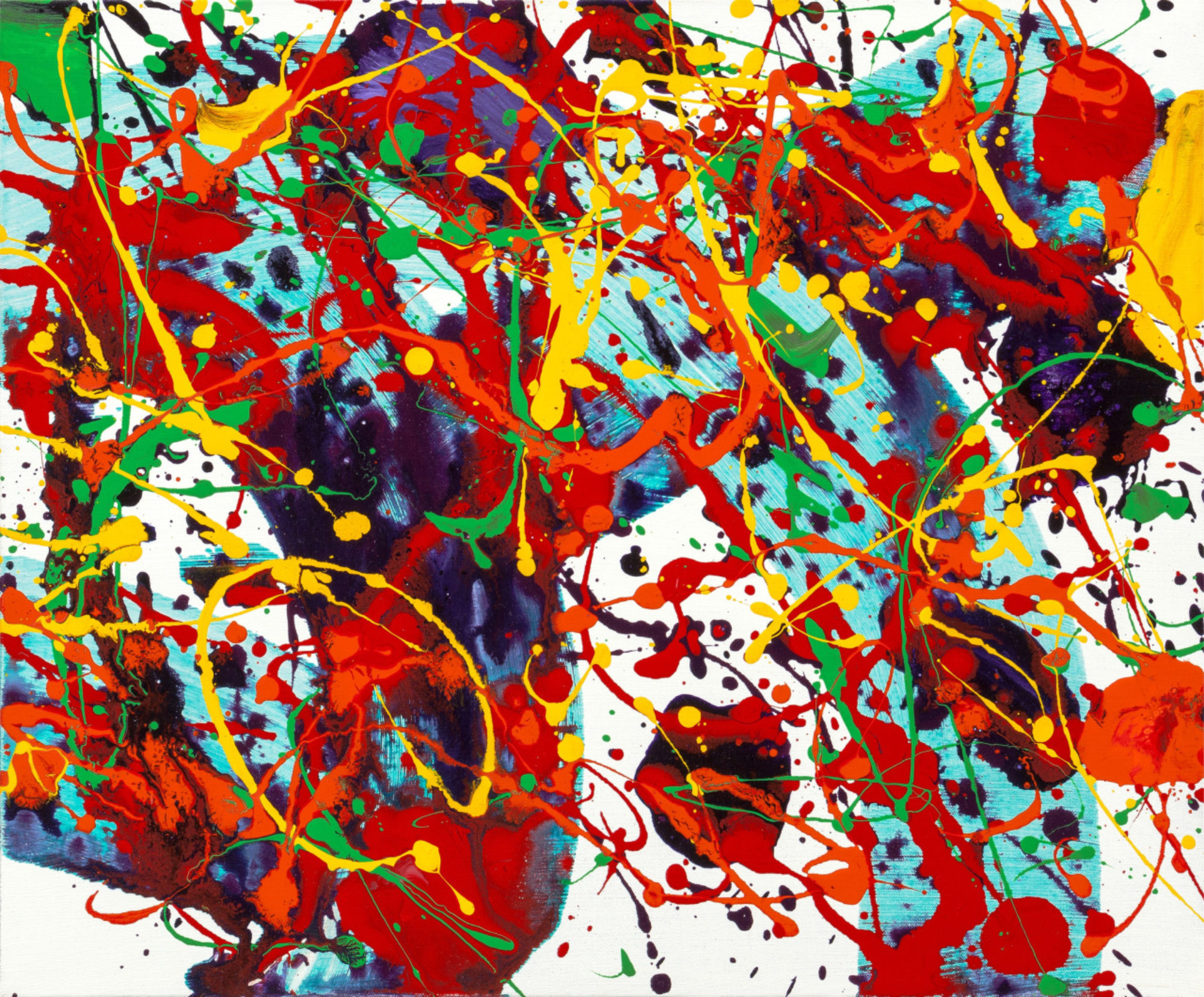Struggling to come up with something to write about this week, I found some inspiration, as usual, from Sean. I recommend reading his most recent post first. It’s real and raw.
How do we deal with living in such a tough world? Our lives can feel hard and tragic, but then we look out the window, or on the internet, and realize how lucky we are. And that can make us feel even worse, for feeling bad about our “minor” problems. How can we stop that cycle of shame? And what can we do to impact the world we live in in a positive way?
I’ve been reading Radical Acceptance by Tara Brach. I keep returning to books about mindfulness, meditation, compassion and how our internal mental processes work. It’s so easy to fall out of gratitude and presence, and reading a bit on these topics each day helps keep it present in my mind.
I want to share something I’ve practiced before that Brach goes over in her book, and something I’m sure we’ve written about before: the lovingkindness meditation. It seems simple, even cheesy, but can have a noticeable effect with consistent practice.
Here’s the process.
Sit comfortably. Relax. Feel the breath going in and out.
Remember your basic goodness. Whether it was helping someone out last week, or the joy and compassion you had as a child. Remember it and feel it.
Choose four or five phrases that are meaningful to you. For example:
May I be filled with love and kindness. May I accept myself just as I am. May I be happy. May I know the natural joy of being alive.
You start with yourself, just like in an airplane when the oxygen masks drop. Repeat the words in your mind or in a whisper.
Then envision your loved ones, family, your partner, close friends. Think about them in your mind and then repeat the following:
May you be filled with love and kindness. May you accept yourself just as you are. May you be happy. May you know the natural joy of being alive.
Repeat it for a few different loved individuals.
Then bring to mind someone neutral, that you interact with but have no strong feelings for. Repeat the words again towards this person or group of people.
Then think about someone you have a difficult relationship with. Maybe you don’t like them or they don’t like you. Maybe it’s for a good reason. Even so, repeat those words again, in their direction.
Finally, try to open it up to everyone in the world. Each person is real and filled with emotions and struggle and goodness and pain. Repeat the following:
May all beings be filled with love and kindness. May all beings accept themselves just as they are. May all beings be happy. May all beings know the natural joy of being alive.
Then rest in openness and silence. Breathe in and out and recognize how you feel.
Tara Brach has guided meditations on her website, and a guided lovingkindess meditation can be found here.
This may seem too passive. You’re not directly helping anyone, you’re just thinking thoughts. But think of it as priming yourself to act in a kind and loving way. It doesn’t mean you’ll be perfectly serene and understanding. It’s just meant to open you up and create some more awareness to take with you. You’re loading up for the day ahead.
The root of the practice is in recognizing that other people are real. It’s easy to walk by a homeless person on the street or wait behind an obnoxious asshole in line and dehumanize them as other. But that person is real. All people, no matter if they’re saints or monsters, want to be happy and loved, and they want to avoid pain. This practice can at its heart open you up to recognizing the basic goodness in another person, even if they’re not showing it. Whether they’re numbing themselves with drugs, or striking out at another, they’re actions are rooted in trying to avoid pain by whatever means necessary. This doesn’t excuse a behavior. But it can open up your mind to at the very least, see them as a fellow human being, a real person, who’s suffering and doesn’t know how to deal with it.
You’re not going to change the world with this 5-10 minute practice. But you might change yourself.




